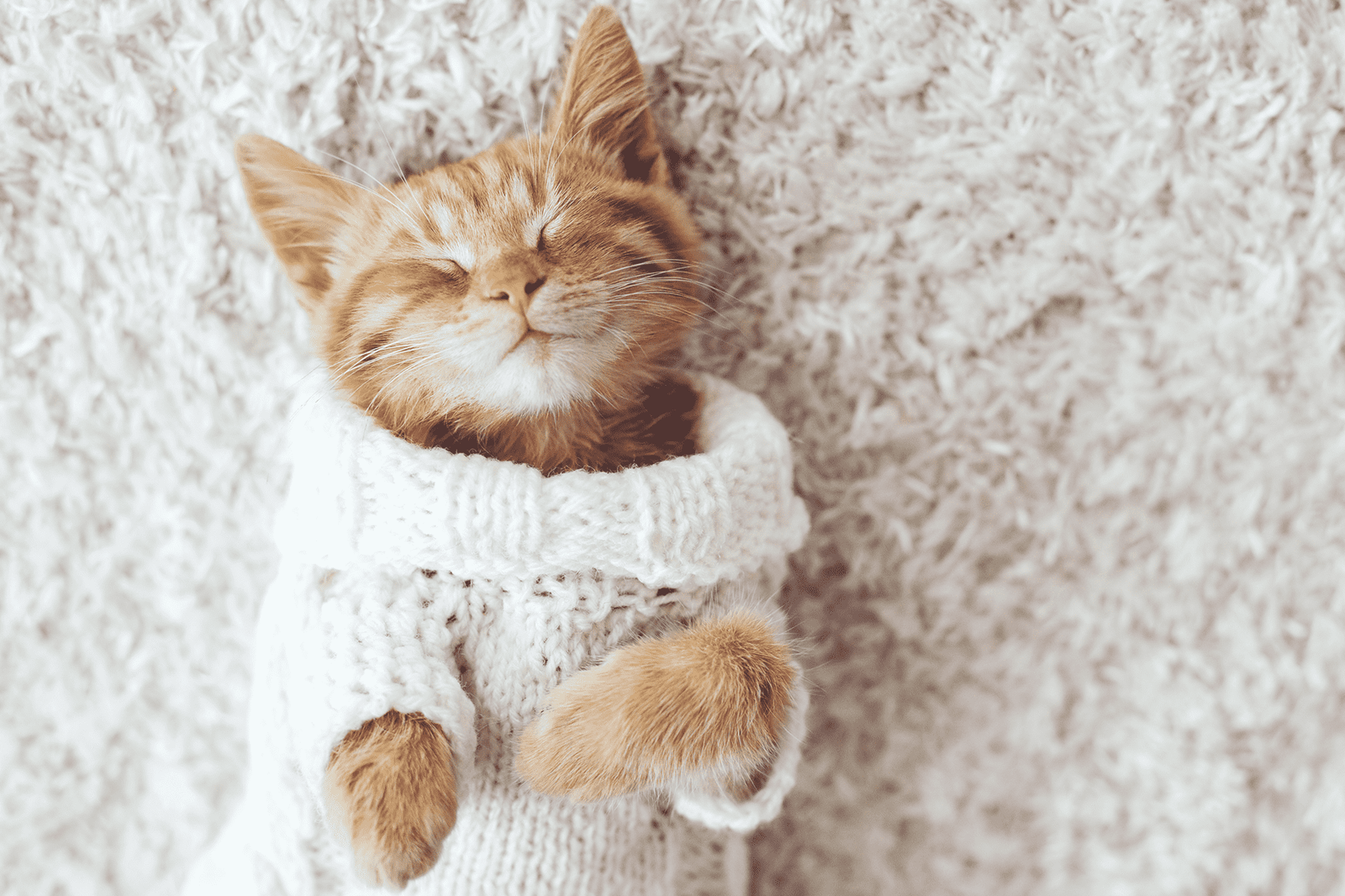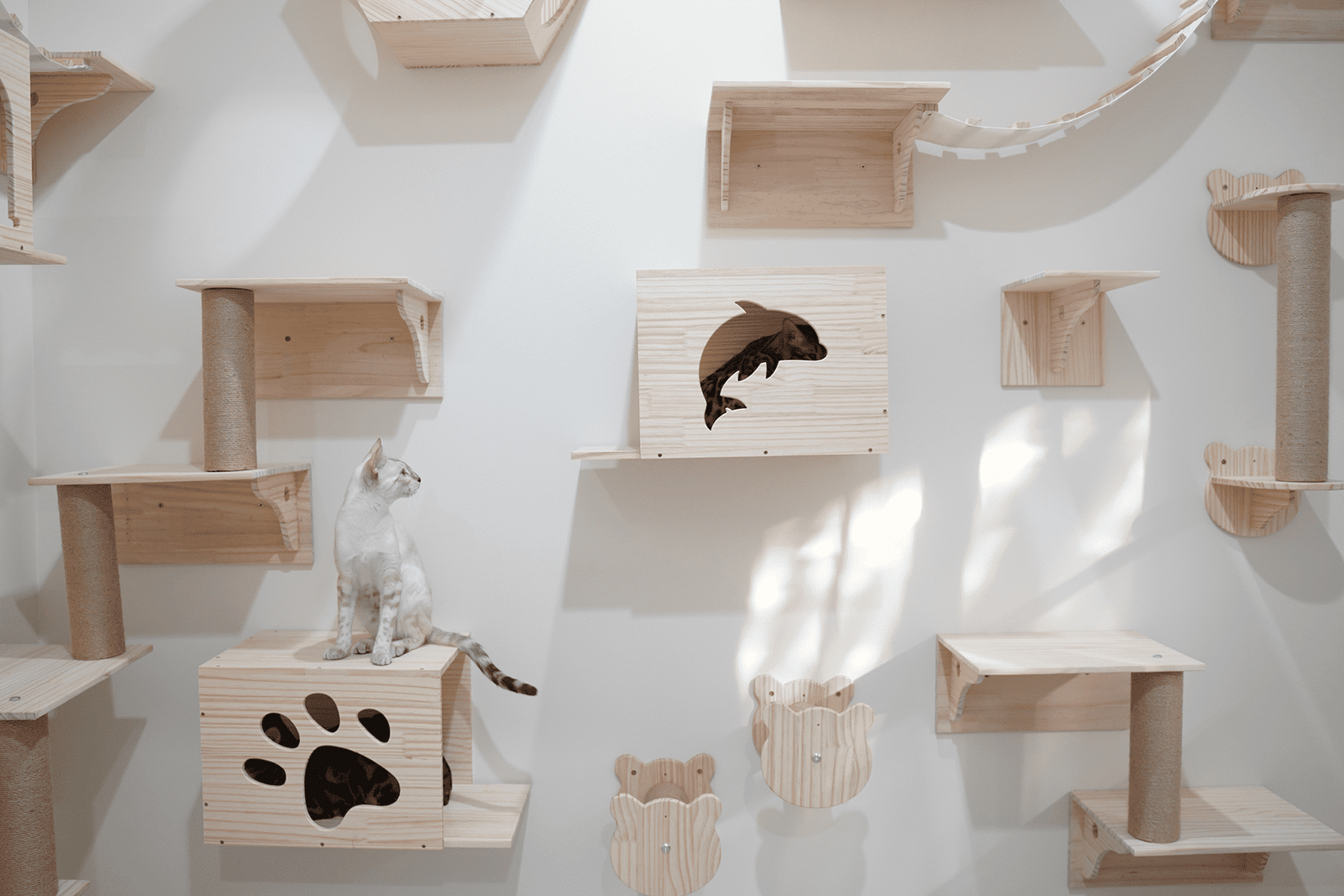Why You Should Consider Growing Catnip at Home
Catnip, or _Nepeta cataria_, is a flowering herb that is extremely alluring to cats. Native to parts of Europe, Asia, and Africa, catnip contains a chemical called nepetalactone that triggers a euphoric response when cats smell or ingest it. They’ll often rub, roll, and even nibble on catnip plants and toys infused with it.
Seeing your cat enjoy catnip can be highly amusing. But beyond entertainment, there are many benefits to growing this aromatic, easy-to-grow perennial herb right at home. With your own catnip plant, you can provide your cat with a natural high while saving money on cat toys and treats. Growing catnip is also simple enough for beginners. And as a multipurpose herb, catnip offers uses for people too, from homemade insect repellents to stress-relieving tea. Read on to learn all the reasons you should consider adding a catnip plant or two to your home and garden.
It’s Fun for Your Cat
Cats go absolutely crazy for catnip! When they smell or eat catnip, most cats will start rubbing, rolling, and even bouncing around on the ground. Some may meow excessively or playfully chase an imaginary toy. The reason cats react this way is because catnip contains nepetalactone, which binds to receptors in a cat’s nose and has a euphoric effect. Though the chemical compound doesn’t affect all cats, around 50-70% will show a behavioral response. Catnip gives these felines a natural high and intense sensory experience. It’s extremely amusing and entertaining for cat owners to watch their pets bliss out and play after being introduced to catnip. Growing and giving your cat fresh catnip is a safe and enjoyable way to bond and provide enrichment. Your cat will get excited to rub, roll, and relax in the fragrant herb. A little bit of homegrown catnip goes a long way when it comes to fun for felines!
Natural and Chemical-Free
Growing your own organic catnip at home is a great way to avoid chemicals and ensure your cat gets only natural catnip. Catnip purchased at the store may contain pesticides, fertilizers, or other chemicals you don’t want your cat ingesting. By growing your own catmint plant at home, you can control exactly what goes into the soil and avoid any chemical additives.
Organic catnip is healthier for both you and your cat. Cats often nibble on the catnip plant itself, not just the dried leaves and toys. So having an organic, chemical-free catnip plant is ideal. Homegrown catnip contains no preservatives, artificial flavors, or other questionable ingredients commonly found in commercial catnip products. With homegrown catmint, you can feel confident knowing your cat is only getting pure, all-natural catnip straight from the earth.
Growing your own chemical-free catnip at home gives you peace of mind. You’ll know the soil used is clean, the water is pure, and no pesticides or other chemicals were used at any point in the process. Nothing beats organic catnip freshly picked from your own garden. So for clean, green, natural catnip, consider growing your own catmint plant at home.
Easy to Grow
Catnip is known for being very easy to grow, making it an ideal plant for beginner gardeners or anyone who wants a low-maintenance herb in their garden. Catnip grows best in soil that is well-draining yet moist, with a pH between 6.0-7.0. It thrives in full sun, though can tolerate light shade.
To grow catnip from seed, sow seeds 1/4 inch deep in early spring after the last frost. Seeds should germinate within 1-2 weeks. Thin seedlings to 12-15 inches apart. Catnip can also be grown from transplants planted in the spring. Space transplants 12-15 inches apart.
Catnip is drought tolerant once established and only needs infrequent watering. However, it will grow faster and fuller with regular watering of 1 inch per week. Cut back on watering once flowering starts. Catnip spreads readily, so contain it by planting within borders or grow it in a pot to prevent it from taking over the garden.
Pinch or cut back catnip often to promote bushier growth. Trim off flower heads after blooming to encourage more growth. Cut back to 6 inches in the fall prior to first frost. Mulch around plants in winter to help protect roots. Harvest leaves and stems as needed once the plant is established.
Repels Insects
Catnip contains an organic compound called nepetalactone that acts as a natural insect repellent. When mosquitos, roaches, and other bugs get a whiff of nepetalactone, they steer clear of the plant.
Many commercial insect repellents like DEET work by disabling insects’ scent receptors so they can’t detect people. Nepetalactone works in a similar way, masking scents that attract bugs. But unlike synthetic repellents, it comes from a non-toxic, natural source.
Growing catnip around your home and garden can work like a plant-based bug repellent system. You don’t need to apply anything topically. The aroma wafting from the leaves and flowers creates a “no-fly zone” that deters insects.
Research shows catnip oil can effectively repel several types of disease-carrying mosquitos for 2-3 hours. Nepetalactone is also highly effective against roaches. Simply planting catnip around the perimeter of your house may reduce roach invasions indoors.
With concerns over DEET and other chemical repellents, catnip offers a natural, non-toxic alternative. Let this aromatic herb work its natural insect-repelling magic in your yard and living spaces.
Crafts and Gifts
Dried catnip can be a fun DIY craft ingredient. You can use the fragrant dried leaves and flowers to create homemade cat toys, wreaths, and sachets.
Making cat toys with catnip grown from your own garden is a fun project. Simply gather some dried catnip and sew little felt pouches or mice to fill with the herb. Your cats will go crazy batting around these shiny new toys! You can also put dried catnip in old socks and tie knots in them to make super simple cat toys.
Catnip wreaths are another enjoyable craft to make. Arrange dried catnip around a straw wreath form and decorate it with ribbons or bells. Hang this aromatic wreath on your front door to welcome guests. The catnip wreath can also be gifted to cat-loving friends and family.
Sewing little sachets filled with homegrown dried catnip makes a thoughtful present for cat owners. The sachets can be tucked away in closets or drawers to provide a pleasant scent.
Crafting with catnip from your own garden is an economical and fulfilling way to create unique cat toys and gifts for fellow cat lovers. The DIY catnip crafts make great projects to do on your own or with kids.
Aromatic Herb
Catnip has a minty, herbaceous aroma that is appealing to both cats and humans. The leaves and flowers can be dried and used to make aromatic teas, adding a refreshing minty flavor. Some people even enjoy adding fresh catnip leaves to salads, soups, and other dishes for a unique culinary twist.
Growing catnip at home gives you a readily available supply of this aromatic herb to experiment with in the kitchen or craft into herbal remedies. Simply hang bundles of catnip to dry, then store the dried leaves in airtight containers to preserve the essential oils that give catnip its signature scent and flavor. With its pleasant fragrance and versatility as an herb, catnip is a great aromatic plant to grow at home.
Health Benefits
Catnip contains compounds that have several potential health benefits for people.
One of the active compounds in catnip is called nepetalactone. This compound has been studied for its potential anti-inflammatory effects. Inflammation is linked to many different health conditions, so herbs with anti-inflammatory properties like catnip are of interest to researchers. Some early research has shown that catnip extracts and essential oil can reduce inflammation in laboratory studies. More research is still needed, but these preliminary findings suggest catnip may have anti-inflammatory properties when consumed.
The relaxing effects of catnip are also being studied. Many people drink catnip tea as a relaxing evening drink to aid sleep. Catnip acts on receptors in the brain that are involved in promoting sleep and relaxation. Several studies have shown the sedative effects of catnip when given to mice and rats. More research is still needed to fully confirm its relaxing properties in humans, but many tea drinkers find sipping catnip tea before bed helps them fall asleep faster and get deeper sleep.
Overall, catnip shows promise as a natural remedy for inflammation, relaxation, and sleep based on preliminary research. More studies are still needed to confirm these benefits in humans. But growing and using catnip as an herbal tea is an easy way to benefit from its natural medicinal compounds. Just be sure to consult your doctor before using catnip medicinally, especially if you take other medications.
Downsides
While catnip has many benefits, there are some potential downsides to be aware of if you plan to grow it at home.
- It can spread aggressively. Catnip is easy to grow, which also means it can easily take over your garden if not properly contained. The plant spreads both by seeds and underground rhizome roots. It’s important to grow catnip in a pot or area with defined borders to prevent it from invading the rest of your garden.
- Catnip oil can be toxic to cats if ingested. While most cats enjoy rolling around and nibbling on catnip, consuming large amounts of the essential oil found in the leaves can cause negative health effects. Cats may experience vomiting, diarrhea or hyperactivity from ingesting too much catnip oil. So while it’s fine to give your cat a bit of fresh or dried catnip, avoid letting them ingest products like catnip-infused treats or oils in large quantities.
Growing catnip at home can be an extremely rewarding experience for both you and your feline friends. As discussed throughout this article, catnip has many benefits beyond simply exciting and entertaining cats.
This easy-to-grow perennial herb adds visual interest to your garden, repels certain insects, can be used for crafting and gifts, provides aromatic qualities, and has several health advantages if consumed by humans. While catnip does require some care and maintenance, it is generally quite simple to grow at home.
Overall, catnip is an excellent choice for hobby gardeners looking to add something new and fun to their outdoor space. The joy it brings to neighborhood cats is an added bonus! Be sure to purchase catnip seeds or starter plants from your local nursery or an online retailer that specializes in herbs. Grow catnip in containers or garden beds, and get ready to watch your cat delight in rubbing, rolling, and nibbling its aromatic leaves.






